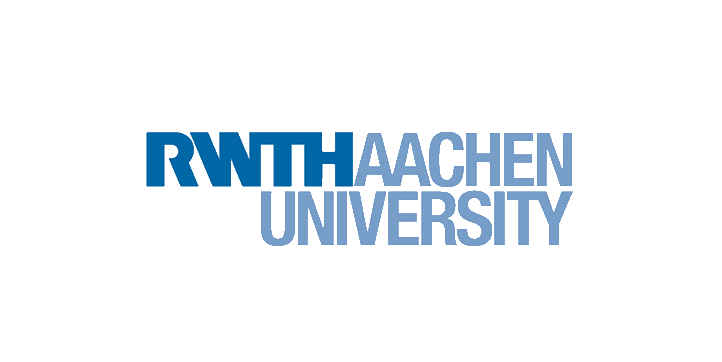RWTH Is Associated In Herzogenrath Energy Park Research Project
Four chairs and institutes are part of the consortium helping Herzogenrath become the first city in NRW to establish a CO2-neutral energy supply.
The German Federal Ministry for Economic Affairs and Climate Action is supporting the city of Herzogenrath on its way to becoming the first city in North Rhine-Westphalia to establish a CO2-neutral energy supply by 2030. To this end, the “Herzogenrath Energy Park Research & Development” research project of a consortium comprising Siemens Energy, RWTH Aachen University, FH Aachen University of Applied Sciences, and Niederrhein University of Applied Sciences is now being funded with around 2.7 million euros. The project has found local partners in the Eifel-Rur Water Association, the local energy supplier ENWOR, and the Nivelsteiner Sandwerke und Sandsteinbrüche GmbH.
It is also closely linked to other ongoing research and funding projects: At the local flat glass manufacturer Saint Gobain, CO2-free production is being researched with involvement from the Chair of Electrochemical Energy Conversion and Storage Systems at the E.ON Energy Research Center (ERC) of RWTH. RWTH and Nivelsteiner Sandwerke und Sandsteinbrüche GmbH are researching new technologies for sustainably supplying customers with raw materials and energy in a living lab in Herzogenrath/Nivelstein, and the ELMAR project is already testing the use of electric heavy-duty transport machines in the domestic raw material industry.
The following RWTH institutes are participating in the new “Herzogenrath Energy Park Research & Development” project: The Institute of Environmental Engineering (ISA), the Institute for Advanced Mining Technologies (AMT), the Unit of Mineral Processing (AMR), and the Chair of Electrochemical Energy Conversion and Storage Systems at the E.ON Energy Research Center.
Digital Twin
The project will use a digital twin to map how local energy generation can be increased while, at the same time, keeping utility costs low. Part of the concept is also to leverage the potential of the largest photovoltaic array in North Rhine-Westphalia. In addition, the project will investigate how the community can be optimally supplied with heat by using waste heat sources, heat pumps, and cogeneration in a local network. In addition, the project will consider how green hydrogen and other gases can be integrated for local production and use in a networked manner. The energy demand in the mobility sector is also examined in an integrated way in the overall concept.
The high complexity of this cross-sector energy supply approach will be addressed in the research and development project by mapping individual system components. Municipal consumers – such as a sewage treatment plant – are considered, as are industrial user groups. For example, the teams will look at raw material extraction by the local sand mining facility or the energy-intensive production process of flat glass. Modern power generation facilities such as floating photovoltaic plants and local hydrogen generation will also be explored.
To operate as cost-efficiently as possible and to derive new business models, marketing options that consider integrating different wholesale platforms and system services are also being investigated. The research conducted by RWTH scientists comprises a funding volume of around 918,000 euros out of a total of 2.7 million euros.

